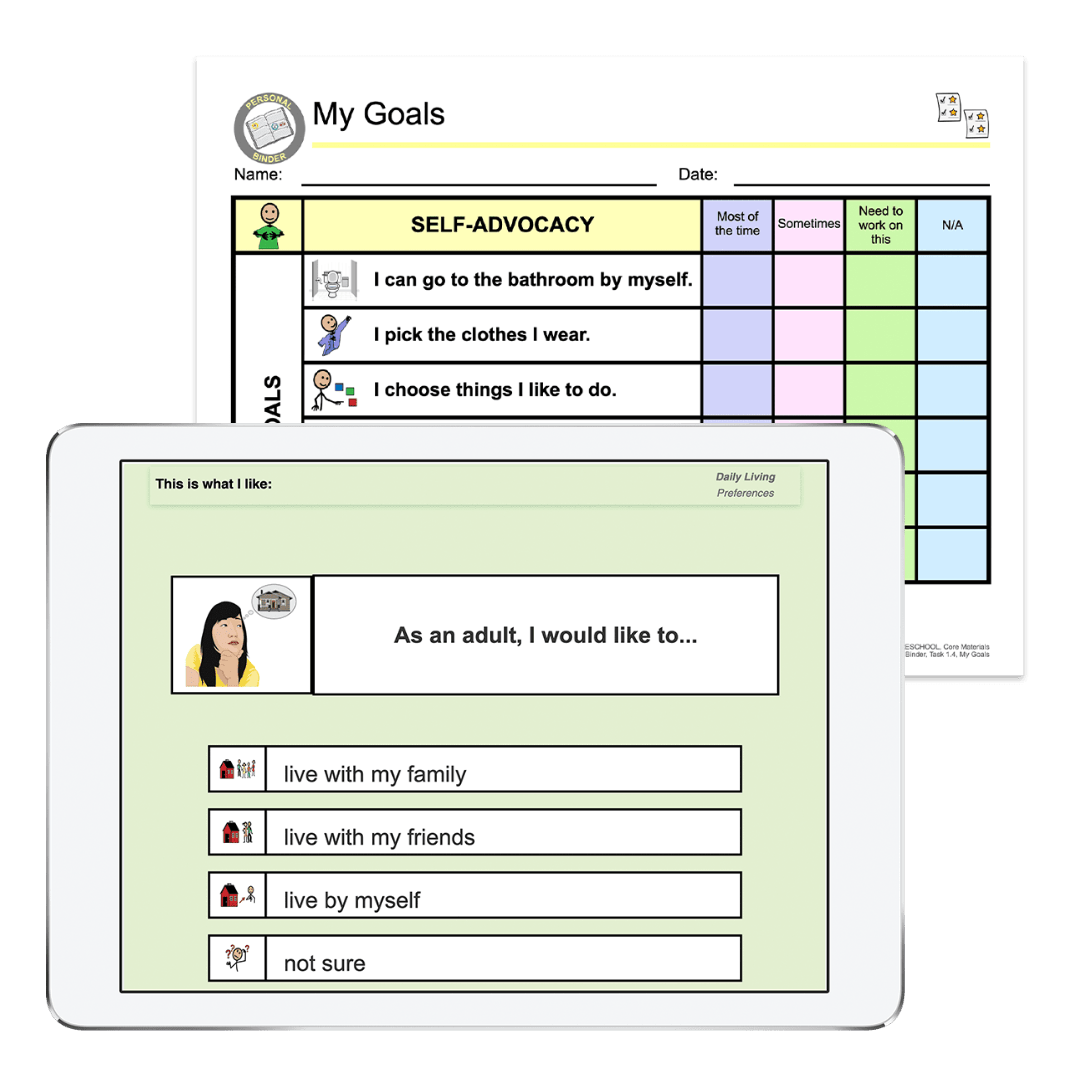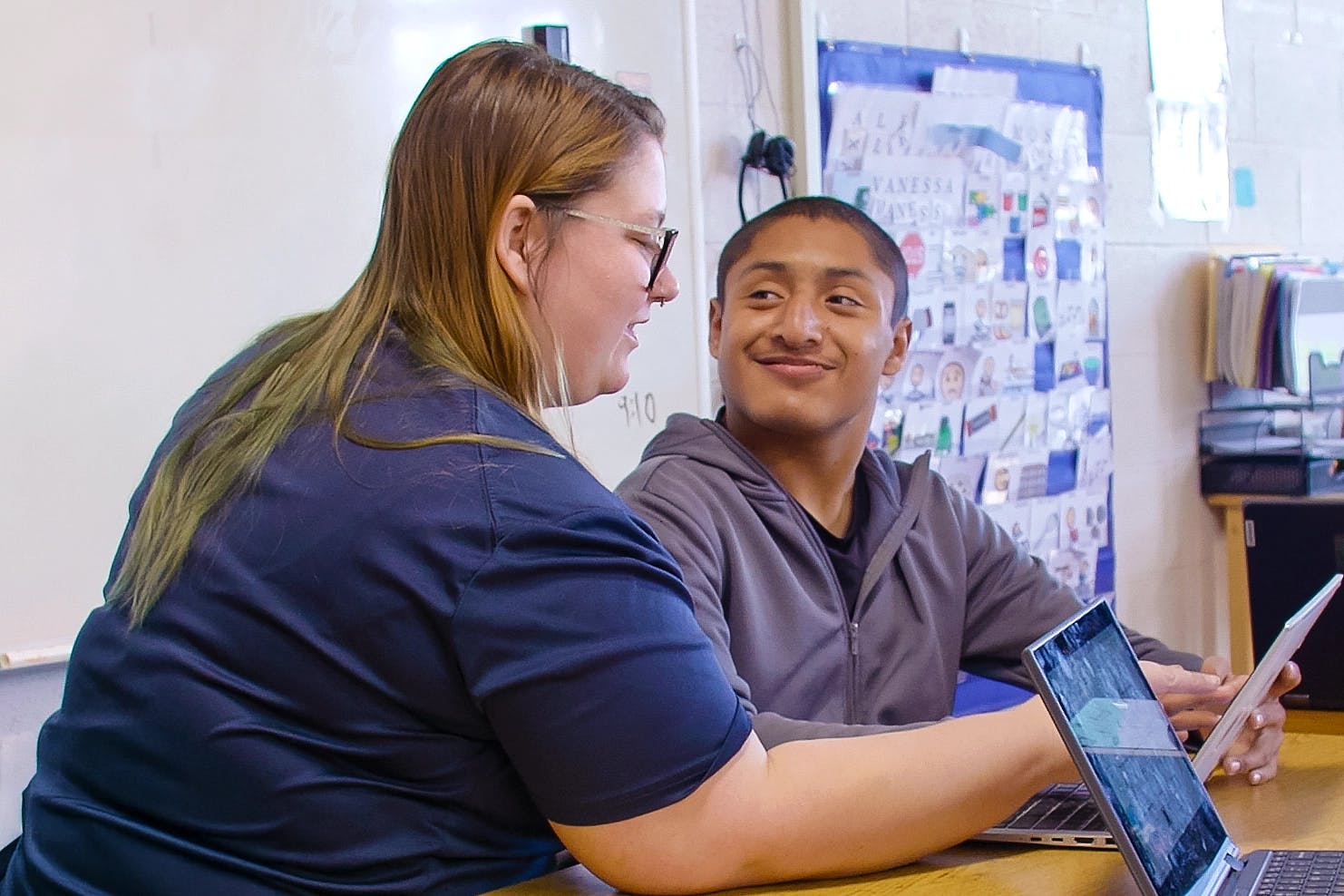What is the transition planning process for students with disabilities? Transition planning is a required part of the Individualized Education Program (IEP). An IEP transition plan helps students with disabilities prepare for life after high school. It maps out skills, supports, and opportunities that will give them the best chance to succeed.
It is never too early to begin an individual transition plan. Start by discussing hopes and outcomes with the student and family. From there, set meaningful IEP transition goals and decide what instruction, services, and supports are needed. There are also useful transition planning tools for IEPs that can make the process much easier.
Transition services are based on student needs
Transition services vary from student to student and should reflect each student’s vision for the future. It is important to truly listen to the student in order to fully understand their dreams. This ensures appropriate plans for transition services are identified and put into place. Examples of IEP transition goals and services can include the following areas:
- Communication
- Daily living skills
- Employment opportunities
- Functional vocational evaluations
- Living arrangements
- Recreation
- Training, college, and career counseling
- Transportation
- Volunteer work
Transition planning can feel overwhelming at first. With the right support, it becomes manageable and meaningful. Note that goals and services should be reviewed often, since student needs change over time.
Use community resources to assist with transition planning
Educators and parents shouldn’t feel like they need to tackle transition planning alone. There are multiple regional, state, and national organizations that can assist with the process. Care must be taken to ensure the student is eligible under their considerations.
Vocational Rehabilitation (VR)
Here, students learn vocational skills or get other job training, as well as potential accommodations. This includes technological devices that support them in meeting their post‑school objectives.
Independent Living Centers (ILCs)
These centers are usually non‑residential, community organizations that advocate for complete access to housing, transportation, leisure, and employment.
Social Security Administration (SSA)
IEP team members should understand the rules and limitations involved when discussing Social Security and Supplemental Security Income (SSI). For example, rules are in place that dictate how many hours a person may work if they are receiving SSI, Medicaid, or Medicare.
Parent Training and Information centers (PTIs)
Contact your state’s PTI or regional education service center to further identify services that may be available in your area.
Planning for post‑school outcomes is a partnership that requires collaboration between the school, community, family, and student. Collaboration will create a strong support system for the student as they grow and develop aspirations for life as a productive member of the community.
Transition planning tools for IEPs
Unique Learning System (ULS) helps make IEP transition planning easier, for pre-k through transition-aged students. It supports educators to guide students toward independence while addressing real-world expectations. ULS provides educators with ready-to-use special education resources that simplify planning and support students at every stage.
ULS resources include:
- Core materials and core tasks: daily lesson plans on life skills, jobs, recreation, and communication
- Core rubrics: assessments for employability, self-advocacy, and social strategies
- Transition planning tools: self-evaluations that generate reports for goal-setting
- Transition passport: a personal binder of abilities, goals, and supports that students take with them after graduation
- Transition grade band: lessons that build independence in work and daily living


PRODUCT
Unique Learning System provides educators with ready-made resources for every stage of transition planning
Why is transition planning important for students with disabilities?
All children grow into adults. With advance planning, students with disabilities see more opportunities to achieve independence and meet their personal goals. a thoughtful IEP transition plan ensures they have the resources and support to thrive.

